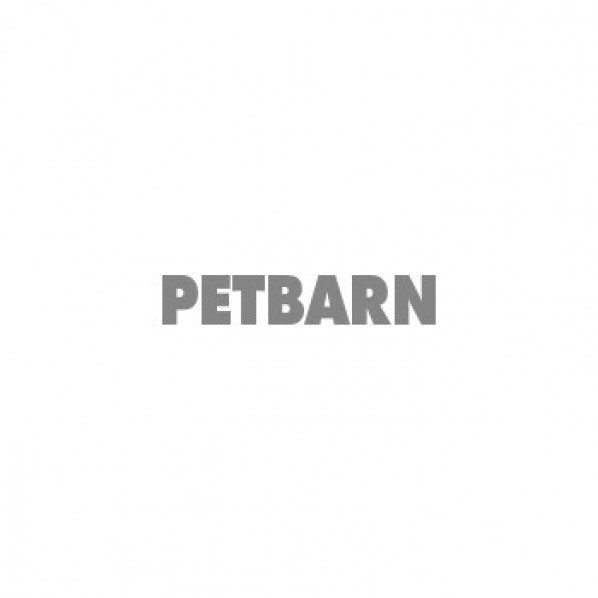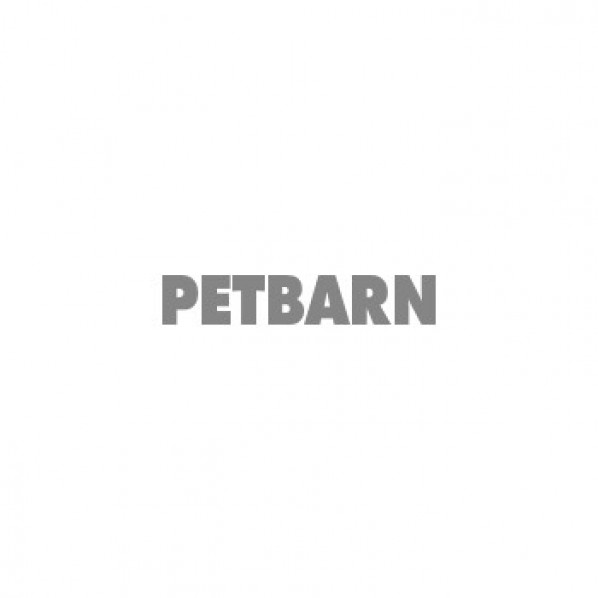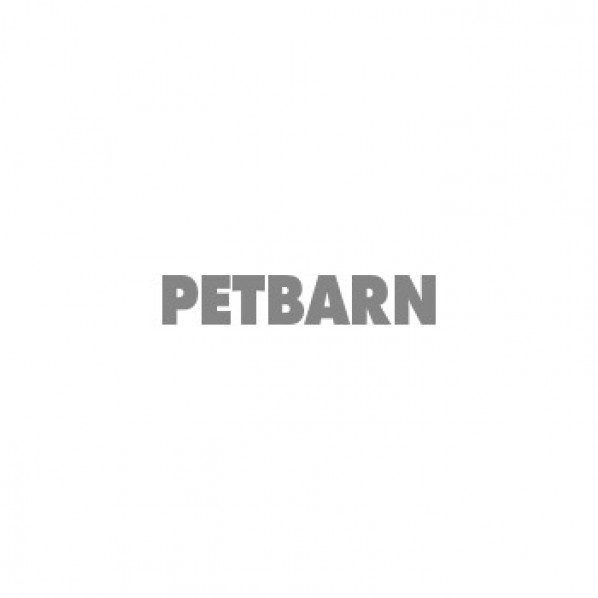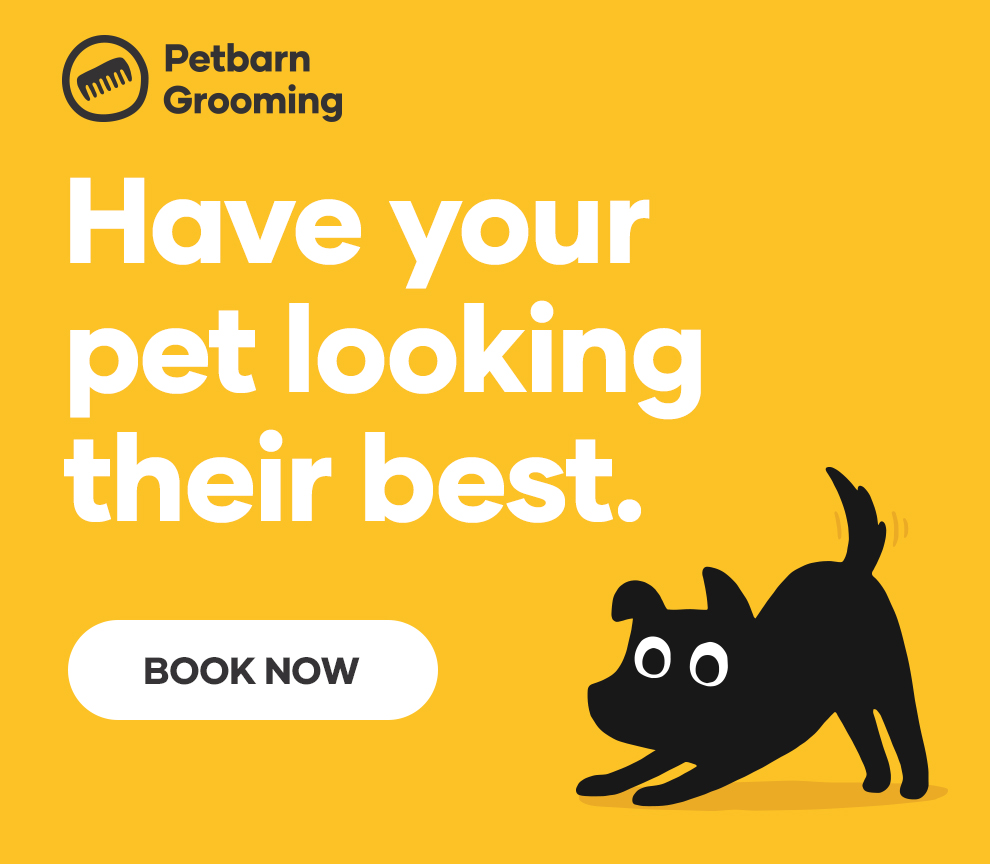Our best friends come in many different coat types that all require different levels of care. From double coated dogs to smooth coat dogs, curly coated dogs to wire coated dogs, learn what grooming products you need and how to groom dogs of all different coat types below.
- Smooth coat and short haired dogs
- Double coated dogs
- Long haired dogs
- Wire haired dogs
- Curly coated dogs
- Hairless dogs
How to groom smooth coat dogs and short haired dogs

Smooth coat dogs have short and silky hair that lies close to their body, while short haired dogs have short and coarse hair. Dog breeds with a smooth or short coat include Dachshunds, Boxers, Dalmatians, Italian Greyhounds, Staffordshire Bull Terriers, Miniature Pinschers and French Bull Dogs.
These coat types require the least amount of grooming, making them suitable for pet parents who want a low maintenance coat that doesn’t take a long time to groom. A quick brush every day or a few times a week to remove excess hair and dirt, and to evenly distribute natural oils over their coat will keep your dog’s coat in a healthy and shiny condition. Use a soft to medium bristle brush following the lay of the hair and be careful when brushing sensitive areas like their underbelly.
Dust, dirt and the natural build-up of body oils that cause ‘doggy odour’ in short haired and smooth coated dogs can be washed with regular shampoo and conditioner. Keep in mind that these type of coats are often high shedding as the hair continually grows and sheds all year round, so use a deshedding shampoo if necessary. Towel away excess moisture and then allow your dog to air dry.
How to groom double coated dogs

Double coated dogs can be long- or short-haired. They have a soft and thick undercoat that provides insulation, keeping them warm in winter and cool in summer, as well as a coarse and tough top coat which shields against moisture and dirt. Dogs with this type of coat often shed twice a year – losing their winter coat in preparation for summer, and the reverse before winter. Dog breeds that are double coated include Huskies, Collies, Labradors, Golden Retrievers, Shiba Inus, Australian Cattle Dogs, Corgis and Beagles.
This type of coat requires more maintenance than smooth and short coats to maintain the condition and you should brush your dog regularly throughout the week. Start with the undercoat to remove loose hair and tease out tangles and then work your way out to the top coat.
For short-haired double coated dogs, use a pin or slicker brush to brush their undercoat outwards from the skin to remove tangles. Then brush their top coat in the direction that it grows. For long-haired double coated dogs, divide their fur into different sections and then brush out each section from the skin outwards with an undercoat rake and then wide-toothed comb to take out loose undercoat. Remember to comb their whole body from their head, neck, legs, tail and everything in between. Use a detangler to remove knots and if you find mats during this process, don’t cut them out yourself but take your dog to your local Greencross Vets clinic or Petbarn Grooming salon where the professionals can remove these for you.
After washing your double coated dog with shampoo and conditioner, dry them with a pet-specific blow dryer, making sure their undercoat hasn’t retained any moisture, and then give them a quick brush to finish off. Find a Petbarn DIY Dog Wash Unit at a store near you for a safe and secure, environmentally-friendly way to wash your dog.
How to groom long haired dogs

Long haired dogs have hair that can be anything from a few inches long to floor length. Long coarse coated dogs, Old English Sheepdogs, Pomeranians and Schnauzers have a soft undercoat while long-haired silky dogs like Maltese, Cocker Spaniels and Afghan Hounds do not have an undercoat. As their hair can easily become tangled and matted which is an uncomfortable experience for your pet, it’s recommended that you brush these dogs every day. Compared to short haired dogs which tend to shed all year round, these dogs tend to shed more seasonally.
Gently brush with the lay of the fur using a slicker or pin brush to untangle any knots. Once all the tangles are gone, finish by going over the coat with a soft bristle brush. Remember to take your dog to your local Petbarn Grooming Salon or Greencross Vets clinic if there are any mats and never cut them out on your own.
When bathing long haired dogs, use detangling shampoo to help prevent tangling and matting and make sure to use conditioner to keep your dog’s hair strong and glossy. Dry them off with a pet-friendly blow dryer, like the turbo dryers in our Petbarn DIY Dog Wash Units, and give their coat another once over with a brush once they’re dry.
How to groom wire haired dogs

Unlike the soft and silky hair of smooth coat dogs or long-haired silky dogs, wire haired dogs have a coarse, bristly coat that’s rough to the touch even after being properly groomed. Underneath this rough coat that repels dirt and water, wire haired dogs have a soft, thick undercoat which may shed due to seasonal changes. Some dog breeds that come in wire haired varieties include Scottish Terriers, Irish Wolfhounds, Australian Terriers, Jack Russells and West Highland White Terriers.
This coat type requires a significant amount of maintenance beyond regular brushing as the wiry hair does not naturally shed, so you’ll have to pluck out these strands by hand or with a stripping knife in order to keep the coat healthy. This can be a time consuming process and you must take care to use the correct technique in order to not cause your dog discomfort, which is why many pet parents choose to have the professionals, like those at Petbarn Grooming salons, care for their pet’s coat. Wire haired dog should be washed with a dog-friendly shampoo and conditioner.
How to groom curly haired dogs

Curly haired dogs are those that have hair in tight spirals, soft curls or waves that lie close to their body. Though this type of coat tends to shed less, the loose hair that is shed can easily be caught within the coat and therefore requires regular brushing to remove the trapped hair before it causes knots and matting. It’s also often necessary for dogs with curly hair to be professionally groomed as their hair needs regular trimming to prevent it from growing too long and tangling up. Curly haired dog breeds include Poodles of all sizes, Portuguese Water Dogs, Bichon Frise, Labradoodles and Irish Water Spaniels.
The best method to keep your curly haired dog’s coat fluffy and healthy is to use a curved slicker brush and gently brush against the direction their hair grows. Part their fur until you can see their skin so you can brush the strands from root to tip in order to get all the loose hairs out. When giving them a bath, use colour-specific shampoo and conditioner and make sure to rinse out all product for the best aesthetic outcome. After bathing, towel dry and then blow dry your curly haired dog while brushing their coat from the skin outwards.
How to groom hairless dogs

Hairless dogs are exactly that! They typically have very little or no hair on their body but may be covered in a fine down. If you don’t want to brush your dog, then breeds like the Mexican Hairless Dog (Xoloitzcuintli), Chinese Crested, and American Hairless Terrier are the ones for you.
Keep in mind that without the coverage of a coat, a hairless dog’s skin will need more protection from the sun. Further, the skin cells they shed and their natural grease is more likely to build up on their skin, leading them to potentially feel dirtier and have more skin problems compared to dogs with other coat types. Due to this, hairless dogs require regular bathing to keep their skin healthy. Use a sensitive skin shampoo and soft sponge with bathing your dog and give them a good rinse afterwards. If you’re heading outside, apply a SPF 15 or higher pet sunscreen to their skin.
All dogs (except the completely hairless ones!) will need to be regularly brushed but will need baths less often. How often you need to wash your dog will differ depending on their lifestyle and other factors.
Making sure to use the right grooming products and techniques to care for your dog’s coat type will keep them in a healthy and happy condition. If you’re not sure what the best products for your dog are, ask a friendly team member at your local Petbarn or simply book an appointment at your local Petbarn Grooming salon where the professionals will have your dog putting their best paw forward.


















